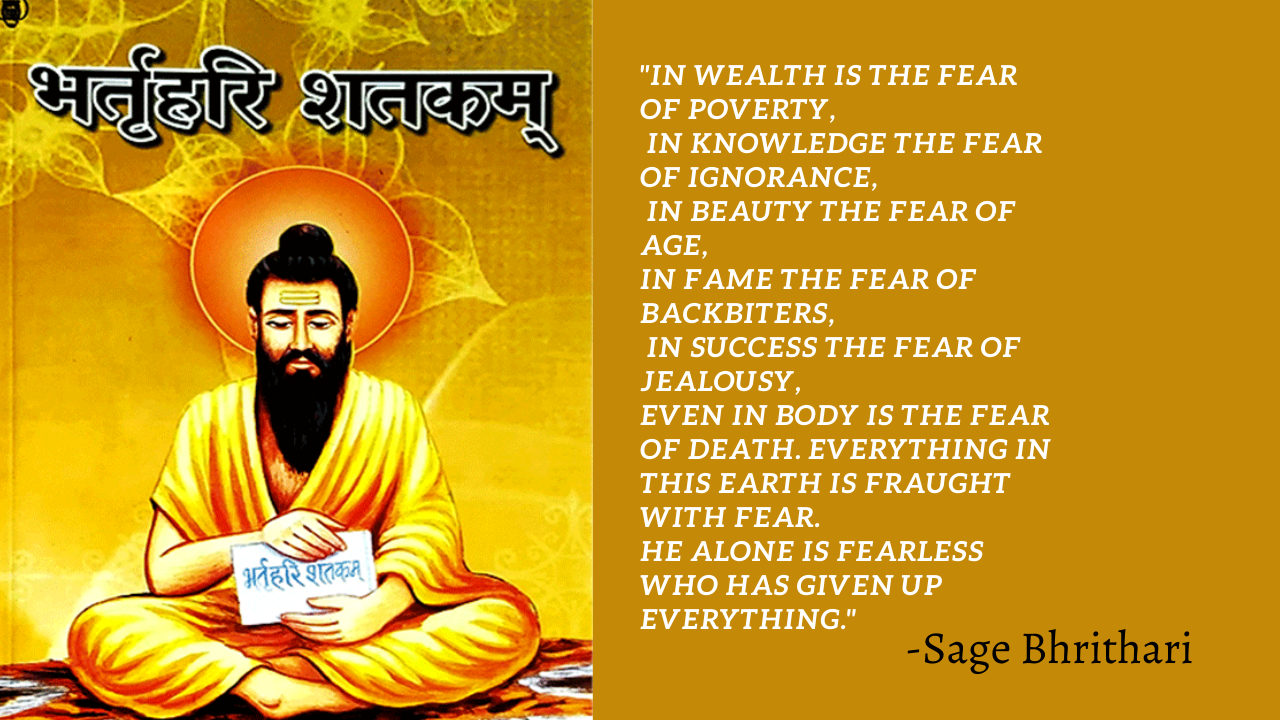Basics of Indian Democracy - Decoding the Preamble.
During that time India was like a demolished building, in a dilapidated and totally ruined condition. This nation was with a broken backbone, devastated completely by the decades and decades of oppression and cruelty. The tyranny of the Britishers had shattered down every structured system of India and the nation needed a complete renovation, as it were, a full-fledged reformation.
Indian leaders of that time knew the seriousness of this situation and responsibly revamped India. Afterall, the birth of a new nation was taking place. Particularly for India, it was not a birth, but a rebirth of the oldest civilization of this planet. To add up, the mother of all civilizations, the mother of all cultures and societies was now awake, and was on her on feet back again, rejuvenated, planning to be even more glorious then she ever was.
The actual establishment of the Indian Republic that we know today happened on 26th January, 1950. Yes, it was when we adopted our Constitution. In this blog, we will decode our Constitution's preamble, which Dr. B.R Ambedkar called The Soul of Indian Constitution. Today, not only will we analyse our preamble, but will study the key elements of the democratic philosophy of India and its structure of governance.
Why Preamble?
Preamble to the constitution is expected to imbibe the fundamental values and the philosophy based on which the Constitution is written. The fundamental rights, the Directive principles and even the fundamental duties arise and flow from the Preamble, and hence the Preamble declares the fundamental values and establishes the foundational principles of the Constitution. The Preamble is considered to be the most precious part of the Constitution; it is the soul and also the key to the Constitution. It is the quintessence of the Indian democracy as it exemplifies its basic philosophy and paves the way for growth of basic structure.
Values of Democracy in connection with the Preamble.
The simple defination of Democracy is "for the people, to the people, by the people." Even the very first lines of our holy preamble are "We, the people of India.." and ends with "adopt, enact and give ourselves this Constitution." This clearly conveys that the people are the source of origin of the Constitution. Thus, Constitution originated from the people, and the sovereignty under the Constitution lies with the people.
The Constitution was an instrument of the popular will of the people of the country, and no one was opposed to the enactment of the Constitution. Dr. Ambedkar on the floor of the assembly in 1949 stated that, "I say that this Preamble embodies what is the desire of every member of the House, that this constitution should have its root, its authority, its sovereignty from the people, and that it has."
Core Ideals and Principles of India
The nature and structure of Indian governance, in our preamble, is described in 5 heavy words namely "Sovereign, Socialist, Secular, Democratic, Republic."
Those words, in their simplest of form, mean that India is -
1. Sovereign, that is, a state with a defined territory that administers its own government and is not subject to or dependent on another power.
2. Socialist, that is, a state which works cheifly for social welfare and a state which ensures freedom from all forms of exploitation-social, economic and political.
3. Secular, that is, a state shall have no religion of its own, and all the people in the country are free to profess, propagate and practice any religion and they are also equally entitled to freedom of conscience and that all religions are equally treated with respect.
4. Democratic, that is, a responsible and representative system in which the people choose those who administer them, and such legislators are accountable and responsible to the electorate, that is, the people of the country.
5. Republic, that is, a state in which supreme power is held by the people and their elected representatives, and which has an elected or nominated president rather than a monarch.
Babasaheb Ambedkar designed our Constitution with the four fundamental pillars ofJustice, Equality, Liberty and Fraternity. To quote the preamble, it says,
"JUSTICE, social, economic and political;
LIBERTY of thought, expression, belief,
faith and worship;
EQUALITY of status and of opportunity and to promote among them all;
FRATERNITY assuring the dignity of the individual and the unity and integrity of the Nation;"
Therefore, this is how deep how preamble itself is. Think how comprehensive and vast our Constitution would be.
In this blog, I attempted to jot down the jist of our governance structure and the basics of Indian democracy.
I hope this blog proved to be informative for you all.
Let us all, hereby take charge of our country and pledge to be best in our respective professions, always thinking for the welfare of our people and be the torch bearers of our country's progress. O the souls of the leaders of India, invoke in our hearts the love and devotion you had for India and work through us, direct us to make our mother great and glorious again!
Jai Hind, Jai Bharat.
Daksh Parekh.







Comments
Post a Comment